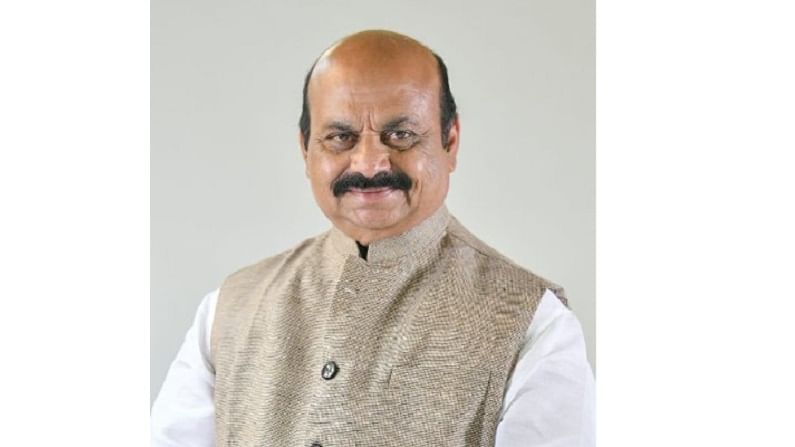Karnataka CM Basavaraj Bommai to head GoM on GST rate restructuring
GoM to look at the merger of tax slabs and other measures required for a simpler rate structure.

The government has started the process of reworking the GST rate slab structure, after repeated pleas by many stakeholders. The Centre has now set up a Group of Ministers, headed by Karnataka Chief Minister Basavaraj S Bommai.
Another GoM has been set up to recommend ways for GST System Reforms. Maharashtra Deputy Chief Minister of Maharashtra Ajit Pawar will head this ministerial panel.
The first GoM will review the current rate structure of GST, including special rates and recommend rationalisation measures, including merger of tax rate slabs, required for a simpler rate structure in GST, says a BusinessLine report. The GoM will also review the current tax slab rates, it added.
The current GST structure has four main rates—5%, 12%, 18% and 28%. Special rates of 0%, 0.25%, 1% and 3% are applicable on certain items. GST also has provision of cess at the rate between 1% and 25%.
Stakeholders have been demanding restructuring the slabs by merging either 12 and 18 or 5 and 12.
Terms of reference
The GoM shall review the current tax slab rates and recommend changes in the same as may be needed to garner required resources (and) review the current rate slab structure of GST, including special rates, and recommend rationalisation measures, including merger of tax rate slabs, required for a simpler rate structure in GST,” the terms of reference for the GoM stated.
The BJP-led government had rolled out the Goods and Services Tax (GST) four years ago. The launch was, however, not smooth. Apart from the technical glitches in the system, which have been sorted out now, some of the provisions remain ambiguous. Taxpayers are yet to fully understand the applicability of the provisions and the impact of the same on their business.
The GoM will review the supply of goods and services exempt under GST with the objective to eliminate the breaking of input tax credit chain. Yet another task of the GoM is reviewing instances of inverted duty structures.
Bihar Deputy Chief Minister Tarkishor Prasad, Goa’s representative Minister Mauvin Godinho, Kerala Finance Minister KN Balagopal, Rajasthan’s representative Minister Shanti Kumar Dhariwal, Uttar Pradesh Finance Minister Suresh K Khanna and West Bengal Finance Minister Amit Mitra will be members of the GoM on rate rationalisation. The GoM will submit reports in two months.
GoM on system reforms
The second GoM will review IT tools and interface available with tax officers. The panel will also suggest measures to identify potential sources of evasion and recommend changes in business processes and IT systems to stop revenue loss.
The GoM will look at possible use of data analysis toward better compliance and revenue augmentation.
Delhi Deputy Chief Minister Manish Sisodia, Haryana Deputy Chief Minister Dushyant Chautala, Andhra Pradesh’s representative Minister B Rajendranath, Assam Finance Minister Ajanta Neog, Chhattisgarh Finance Minister T S Singh Deo, Odisha Finance Minister Niranjan Pujari, Tamil Nadu Finance Minister P Thiaga Rajan are part of the second GoM.